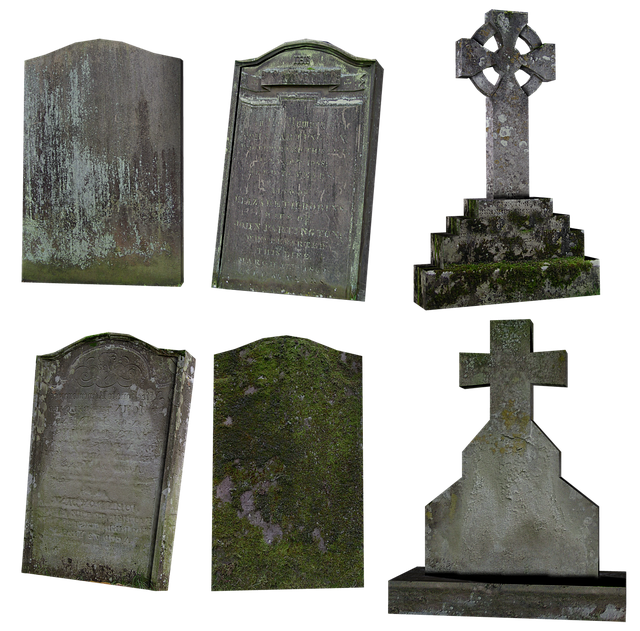 Funeral rites are as old as the human race. Since the beginning of time, there have been different funeral traditions that were practiced in different countries around the world. Although funeral service and rites are different in each country, they share the same theme, reverence for the deceased.
Funeral rites are as old as the human race. Since the beginning of time, there have been different funeral traditions that were practiced in different countries around the world. Although funeral service and rites are different in each country, they share the same theme, reverence for the deceased.
Ceremonies have existed around the world to honor the dead, and it goes way back to the times of Neanderthals in 60,000 BC, and it evolved to the present day. Whether they be elaborate or a simple grave marker, all cultures from all over the world celebrate death, with their honored traditions and unique ways. Here are some of the funeral traditions around the world.
Philippines
Filipinos already believed in the concept of life after death even during the pre-Hispanic period. This belief in afterlife prompted Filipinos to start burial customs and beliefs to honor the dead through rituals. Due to different cultures from different parts of the Philippines, a lot of different burial practices have started from different tribes. For example, the Ifugaos had to seat their corpse on a chair before it was brought to a cave and buried elsewhere, the Manobos had to bury their dead in trees and many more.
The present-day Filipinos had retained the belief of life after death from their ancestors. The most prominent practice of honoring the dead is by holding a wake as a way for the loved ones to mourn the death of the one that is dear to them.
Most Filipinos that practice Catholic burials hold the wake at the funeral homes, but there are also those who hold them at their own household wherein the wake would be held for three to seven days. Family members and friends are required to wear either white or black during the wake.
Filipino Muslims are required to bury the dead 24 hours after the time of death. The Muslims prompted to bury the corpse for sanitary reasons. Filipino Muslims also have a mourning period that lasts for 40 days, and they are required to wear black clothing. Filipino Christians celebrate the death anniversary of their loved ones and mourning on the 40th day.
China
Chinese funeral rituals are made of a set of traditions that are broadly associated with Chinese folk religion, with different rites done depending on the age of the deceased, the cause of death, and the deceased’s marital and social statuses.
Different rituals are carried out in different parts of China, and many Chinese people carry out funerals according to their religious faiths such as Christianity and Buddhism. However, in general, the funeral ceremony is carried out over seven days, and mourners wear funerary dress according to their relationship to the deceased. Traditionally, white clothing is important and symbolic of the dead, while red is not worn; it is the symbol of happiness worn at Chinese weddings. The number three is also significant, with many customary gestures being carried out three times.
Thailand
Thai funerals follow Buddhist funerary rites, with different practices depending on the culture of the region. People of certain ethnic groups and religious groups have their own practices. Thai Buddhist funerals generally consist of a bathing ceremony right after death, daily chanting by Buddhist monks, and a cremation ceremony. Cremation is practiced by most people throughout the country, with the major exceptions being Chinese, Muslims, and Christians.
While there is a variation in the culture of Thailand because of the different regions, most Buddhist funerals include the same common basic features. The first ritual after death is the bathing ceremony. It is more commonly done as a ceremonial pouring of water. Guests to the ceremony will, one by one, pour water added with lustral water over the hand of the deceased. Following this ceremony, the hair is combed, and the body dressed and placed in the coffin, the undertaker will perform rituals during the process.
The coffin is placed on display for merit making, and daily rites are held, with monks invited to chant the Abhidhamma. This was held at home traditionally, but today it takes place at a Buddhist temple. Rites are held for three, five, or seven consecutive days. An important ritual during the funeral rites is the offering of cloth to monks on behalf of the dead.
The body is then disposed of in a cremation ceremony, which takes place at the temple’s crematorium. This is sometimes held after waiting a certain period, around 100 days or even a year following the death. Merit-making rites are also held at 7, 50 and 100 days after death.


